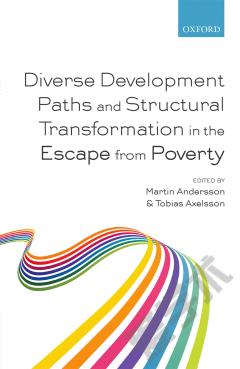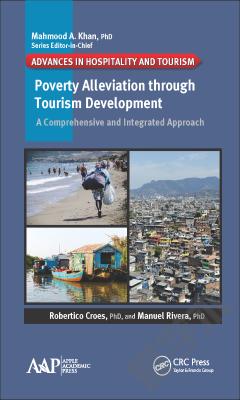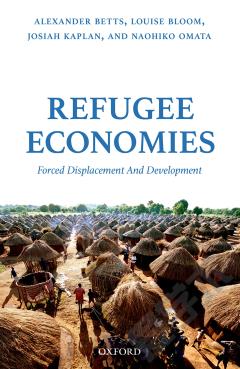Diverse Development Paths and Structural Transformation in the Escape from Poverty
This book analyzes experiences of and possibilities for developing countries to catch up by providing a set of analytical interpretations of development experiences that with different degrees of success have taken place in Asia, Latin America, and sub-Saharan Africa. Based on the growth performance across the developing world over the last decades, it offers thorough accounts of the possibilities of engagement in such processes in an increasingly globalized world. The compilation of chapters shows the diversity and variation of development pathways that entail valuable lessons and implications for how to approach this difficult question. It shows the importance of acknowledging that the process of development is dynamic and that the possibilities for catch-up are situation dependent. At the same time it makes clear that without structural change, in particular the agricultural transformation, sustained catching up is unlikely to happen. Instead of clinging on to universal templates, the analysis of current growth processes in the developing world will be enriched by paying closer attention to the multifaceted nature of both economic backwardness and successful pathways to escape it. The chapters of this volume, situated in the borderland of Economic History and Development Economics, are pertinent examples of how the research agenda about long-term development and catching up can be informed. (Less)
{{comment.content}}








 京公网安备 11010802027623号
京公网安备 11010802027623号